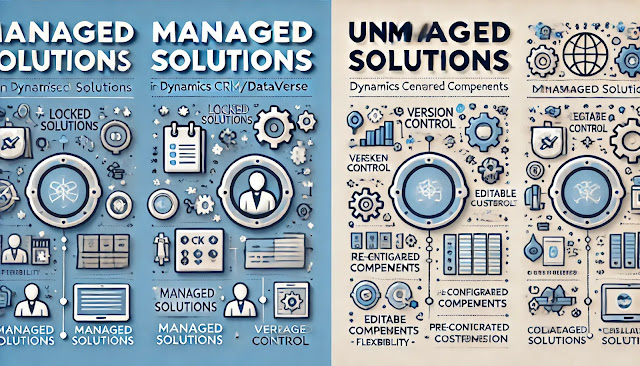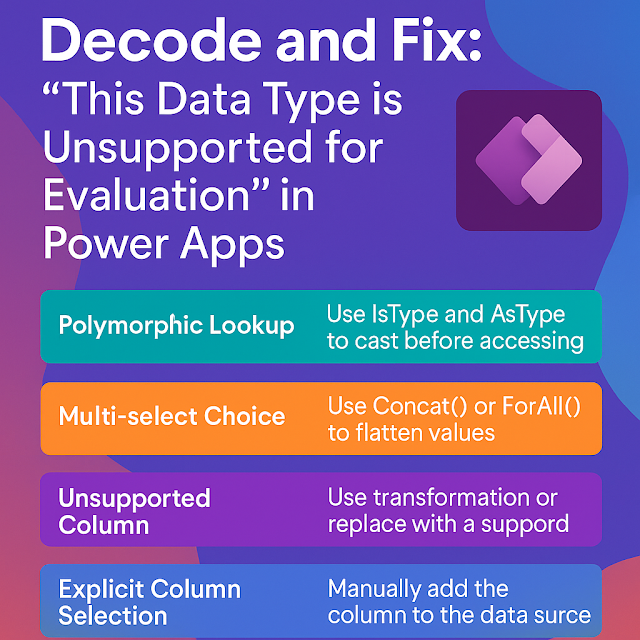Microsoft Dynamics 365 Customer Experience Analyst : Customize the enhanced experience for adding products
Microsoft introduced the Enhanced Experience for Adding Products to make it faster, easier, and more intuitive for sellers to add products to opportunities, quotes, orders, and invoices. Instead of relying on the old grid-style approach, this enhanced feature provides a modern, streamlined UI that can also be customized to fit specific business needs.
1. What is the Enhanced Experience?
A side panel-based interface appears when sellers add products to records.
It allows searching, filtering, and selecting products from the product catalog with real-time visibility into:
- Pricing from associated price lists
- Discounts (if applicable)
- Tax information
- Units and quantities
Sellers can inline edit quantities, discounts, and prices before adding them.
Key Benefit: Speeds up sales processes and reduces errors compared to the legacy experience.
2. How to Enable Enhanced Experience
Admins can enable/disable this in the App Settings under:
App Settings → Product Catalog Settings → Enhanced experience for adding products
3. Customization Options
The enhanced product experience is not just out-of-the-box—it can be tailored to business needs.
a. Configure Fields in the Side Panel
- Decide which fields (like Product Name, Product Number, Description, Standard Cost, Margin, etc.) are visible when sellers add products.
- Helps sellers see only relevant data while adding items.
b. Price List and Discount Rules
- You can control how price lists and discount structures appear.
- Custom rules ensure the right price is always picked automatically (e.g., region-specific or customer-segment pricing).
c. Business Rules and Validation
- Add business rules (no-code) or plugins/custom scripts (pro-code) to enforce validation.
- Example: Prevent adding products without unit of measure.
- Example: Auto-apply discounts if certain quantity thresholds are reached.
d. Integration with Custom Product Attributes
- Products can have custom attributes (e.g., warranty type, color, subscription length).
- These can be surfaced in the enhanced add product panel using form customization.
e. Default Values & Automation
Use Power Automate or workflows to auto-populate:
- Default units
- Default discounts
- Tax categories
Example: If the customer industry = "Oil & Gas", default unit of measure = "Liters".
f. Role-based Customization
- Different sales teams might need different data when adding products.
- With App Profiles & Security Roles, you can customize views per role.
Example: Inside sales see “Discount %”, while field sales see “Delivery Lead Time.”
4. Enhanced Experience in Action
A seller opens an Opportunity → clicks Add Product.
Instead of a flat grid, a side panel opens showing:
- Product search with filters (category, unit, price list).
- Key details (image, price, unit, availability).
- Editable fields like quantity, discount.
Seller edits inline, reviews, and adds directly without navigating away.
5. Business Benefits
- Faster product selection → boosts seller productivity
- Cleaner data → ensures right products, units, and pricing are chosen
- Reduced training → intuitive UI for new sellers
- Flexible customization → adapts to industry-specific needs
- Scalability → works seamlessly for large catalogs with thousands of SKUs














Comments
Post a Comment